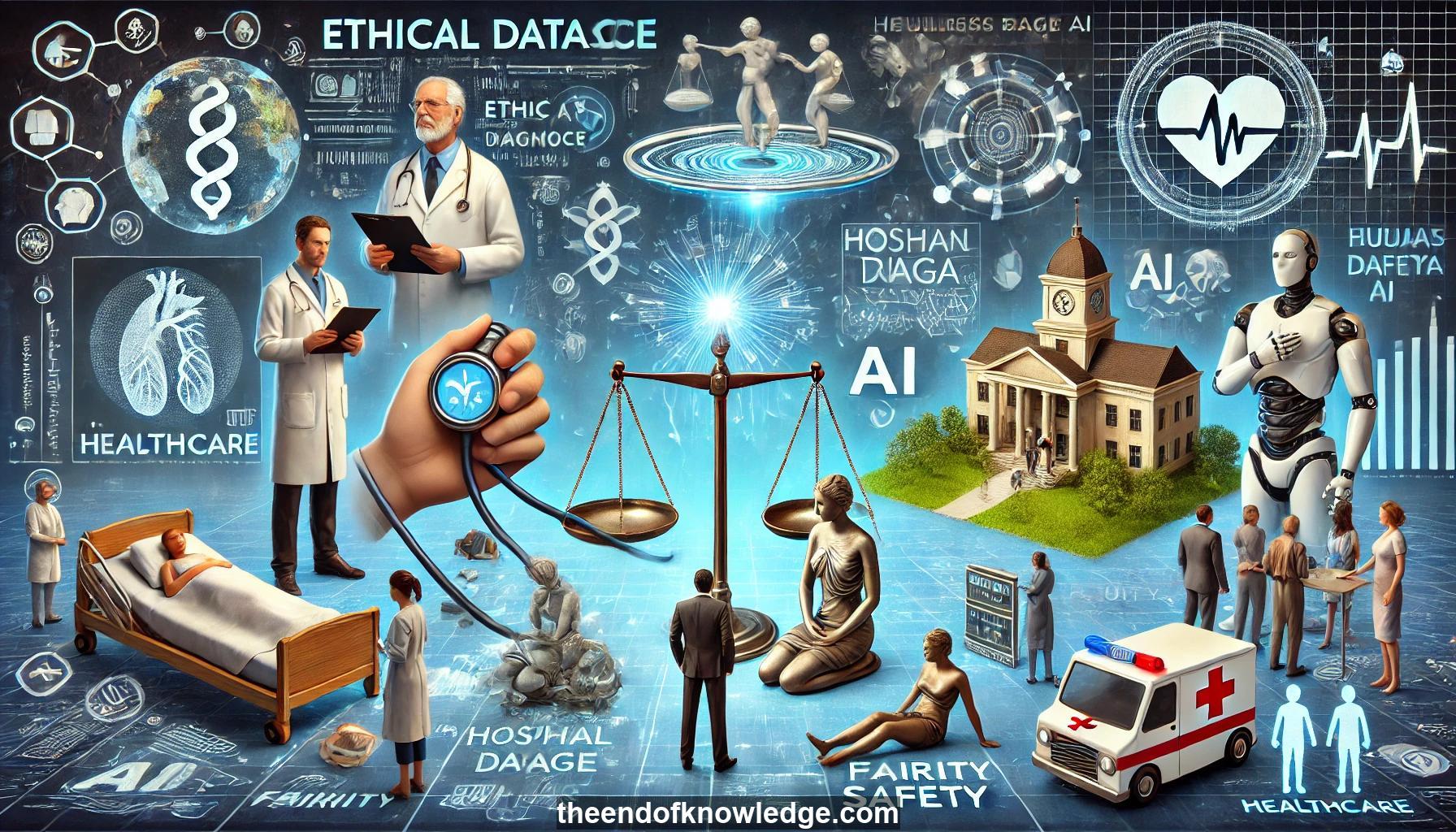 >
>
Concept Graph & Resume using Claude 3.5 Sonnet | Chat GPT4o | Llama 3:
Resume:
1.- Ethical AI in healthcare: Developing machine learning models for medical applications while addressing biases, fairness, and safety concerns.
2.- Triage models: AI systems to prioritize patients in emergency rooms, balancing efficiency with potential biases.
3.- Human error in healthcare: Significant rates of preventable adverse events and misdiagnoses in current medical practice.
4.- Limitations of randomized controlled trials: Only 10-20% of treatments are based on RCTs, with limited applicability to diverse populations.
5.- AI model biases: Machine learning models can perpetuate and amplify existing biases in healthcare data and practices.
6.- Racial bias in imaging: AI models can detect self-reported race from medical images, raising concerns about potential discrimination.
7.- Language model biases: AI text generation models can produce biased content in clinical notes, reinforcing stereotypes.
8.- Data collection challenges: Importance of considering biases and representation in healthcare datasets used for AI training.
9.- Labeling practices: Standard data labeling methods can induce measurement gaps and biases in AI models.
10.- Normative vs. descriptive data: Collecting data for the specific context of application can improve model performance and fairness.
11.- Biased embeddings: Pre-trained models can perpetuate biases even when downstream tasks use balanced data.
12.- Demographic attributes in prediction: Including demographic features in models can sometimes worsen performance for specific subgroups.
13.- Fair use audits: Systematic evaluation of how demographic features impact model performance across different groups.
14.- Optimizing decision support checklists: Developing fair and effective clinical checklists using mixed integer programming.
15.- Distribution shifts: Challenges in deploying models across different healthcare settings with varying patient populations.
16.- Causal attribution of shifts: Using game theory to identify sources of performance drops when deploying models in new settings.
17.- Human-AI interaction: Considering how model recommendations are presented to clinicians and patients affects decision-making.
18.- Explainable AI limitations: Post-hoc explanations of black-box models can sometimes introduce new biases or reduce performance.
19.- Trust in AI systems: People tend to trust AI advice even when it's clearly flawed, highlighting the need for careful deployment.
20.- Lessons from aviation safety: Applying principles of systematic feedback, auditing, and training from aviation to healthcare AI.
21.- Regulatory frameworks: Proposing structures for government oversight and regulation of healthcare AI systems.
22.- Gender biases in healthcare: Differences in patient outcomes based on physician-patient gender concordance.
23.- Racial disparities in care: Improved preventative measures when patients and physicians share the same race.
24.- Discrimination in healthcare: Higher rates of poor quality care for certain demographic groups, like Muslim women in maternity services.
25.- Personalization vs. "worsonalization": Instances where including demographic information can worsen model performance for individuals.
26.- Challenges of individual-level interpretation: Difficulties in providing personalized explanations of AI model predictions to patients.
27.- Regulation of model updates: Balancing the need for model improvements with safety concerns in deployed healthcare AI systems.
28.- Privacy-utility trade-offs: Challenges in applying differential privacy techniques to healthcare data without introducing new biases.
29.- Stable learning algorithms: Developing methods to reduce extreme trade-offs between privacy, utility, and stability in AI models.
30.- Interdisciplinary approach: Combining insights from machine learning, healthcare, social sciences, and other fields to address ethical AI challenges.
Knowledge Vault built byDavid Vivancos 2024